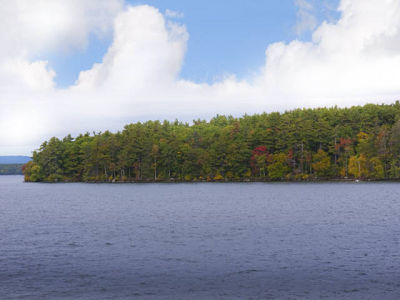A Thesis Submitted in partial fulfillment of the requirements of the degree
MASTER OF SCIENCE IN NATURAL RESOURCES (FISHERIES)
College of Natural Resources UNIVERSITY OF WISCONSIN
Stevens Point, Wisconsin
Many northern Wisconsin lakes that historically supported naturally-recruiting walleye Sander vitreus populations have shown declines in recruitment over the last 10-15 years. Previous research conducted on four northern Wisconsin lakes suggested a recruitment bottleneck was occurring before mid-July in lakes with declining walleye natural recruitment. Effective management of walleye populations involves understanding these recruitment bottlenecks, as potential management solutions may vary in relation to when and why this recruitment failure is occurring. To further assess these recruitment bottlenecks, I expanded on the previous assessment to determine if: 1) timing of a recruitment bottleneck for age-0 walleyes was consistent among lakes with declining
recruitment; 2) abiotic and biotic metrics differed between lakes with declining (D-NR) and sustained (S-NR) walleye recruitment, with a specific focus on the abundance of edible zooplankton and 3) catch-per-effort (CPE) of larval and post-larval walleyes can be used to predict the presence, absence, and relative strength of walleye year-classes indexed by standard fall electrofishing conducted by the Wisconsin Department of Natural Resources and the Great Lakes Indian Fish and Wildlife Commission.

